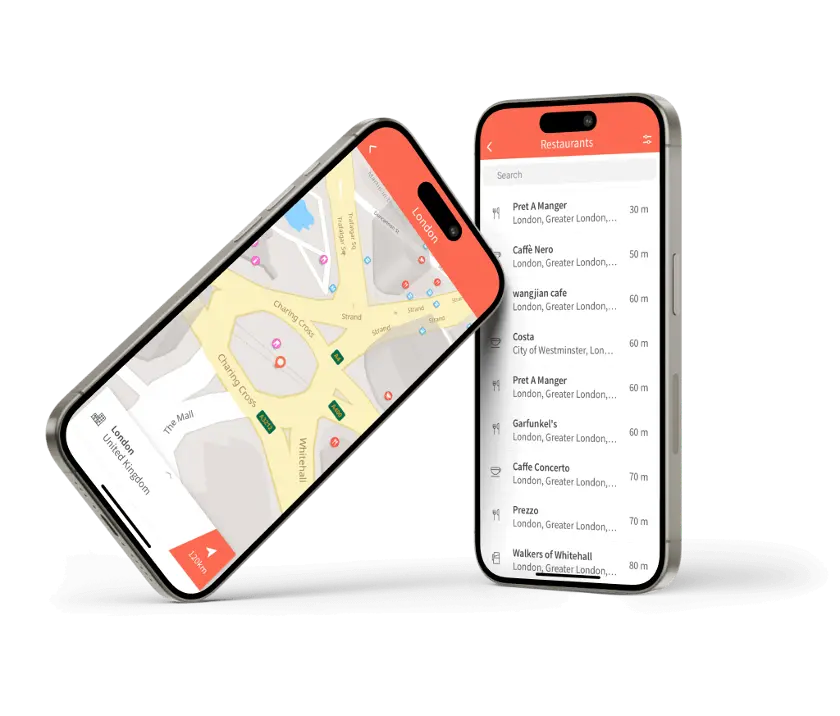Powered by you
We’re one of the last independent developers and providers of state-of-the art GPS navigation software and Maps for Smartphones and Automotive, as well as Location-Based solutions tailored for companies to enhance their operational efficiency.

Multi-Layered customizable Maps
Tailor your geo information to suit your company’s daily operations. Weather info, road conditions, fleet localization, brick-and-mortar businesses details, you decide what to see.
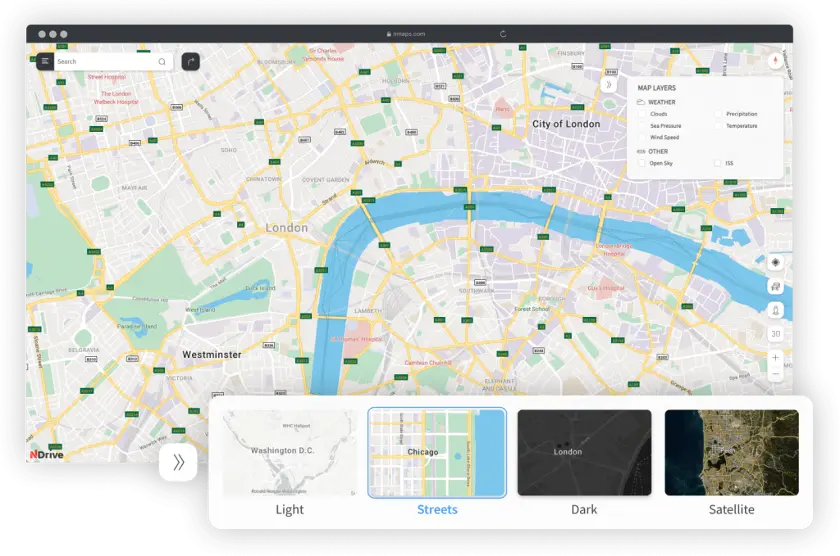

NDrive has developed a customer base of several million active users in more than 50 countries and is very well positioned to capitalize on high-growth markets.
NDrive takes advantage of its navigation expertise by developing an array of location based solutions for clients in very diverse business areas.

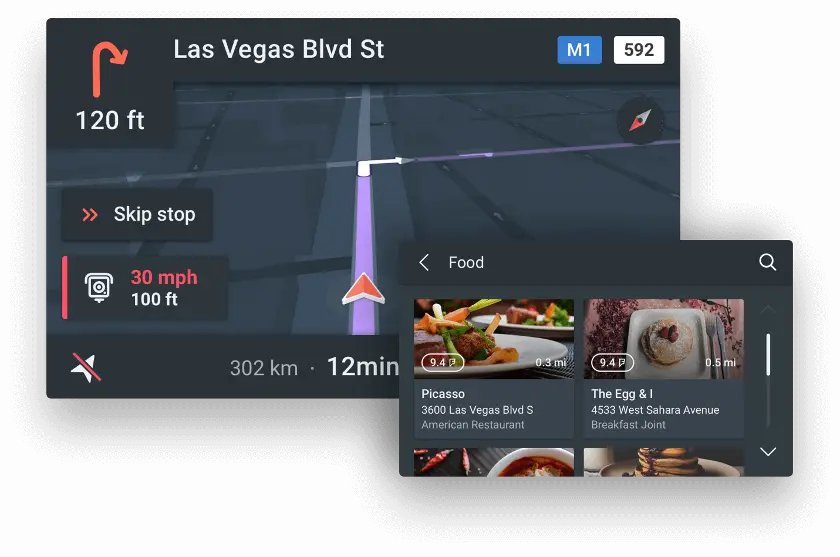

Two solutions in one app
An embedded platform that connects the car to NDrive’s mobile services and your smartphone.
A brought-in app that allows the in-vehicle display to interact with the NDrive mobile app via Bluetooth®, MirrorLink, USB, Wi-Fi, Bosch mySpin and Ford Sync.
More Products
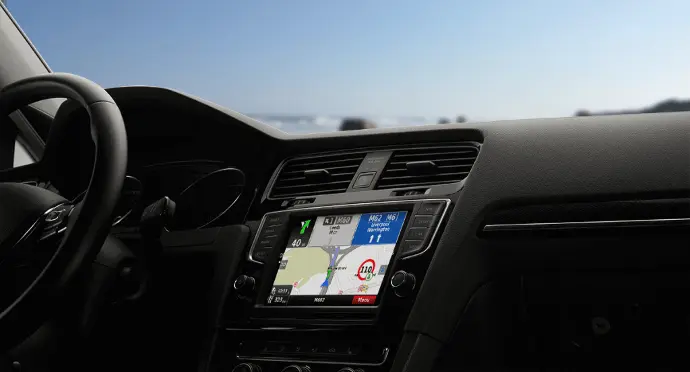
NDrive 11
NDrive 11 is an award-winning professionally enhanced routing software with advanced algorithms, that allows navigation from A to B without any effort.
Learn More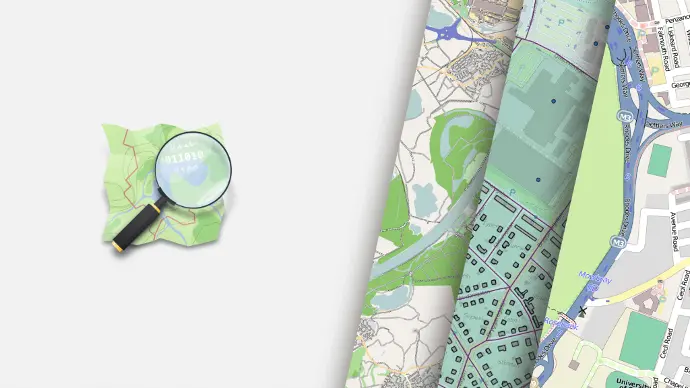
OSM+ Maps
Our maps are updated with real-time probe data and edited by the global community of 4 million mappers in OpenStreetMap, adding new roads, buildings and more around the world.
Learn MoreOur partners
NDrive is a business accelerator for Telcos, OEM and Manufacturers.
Flexibility, speed and confidence are the pillars.












